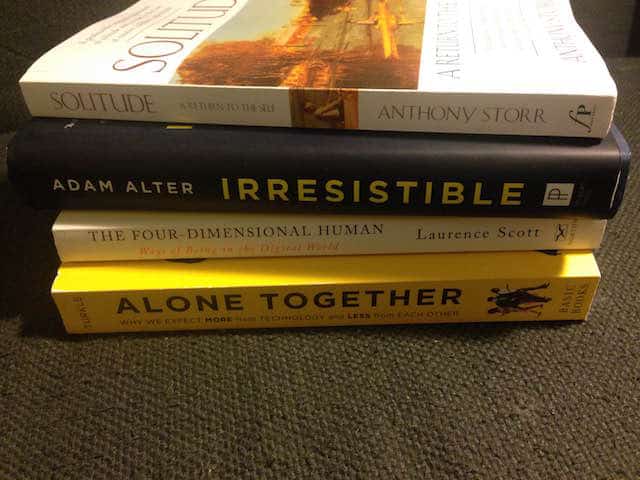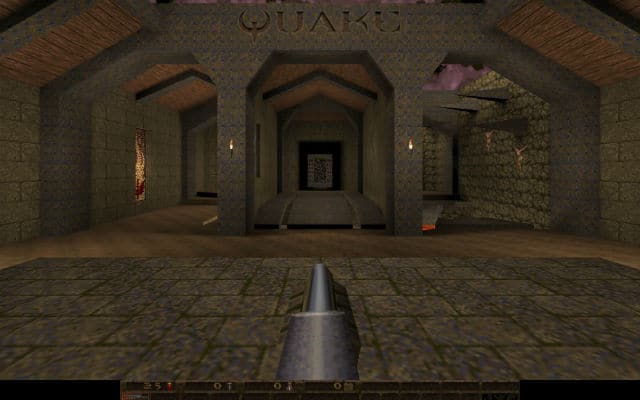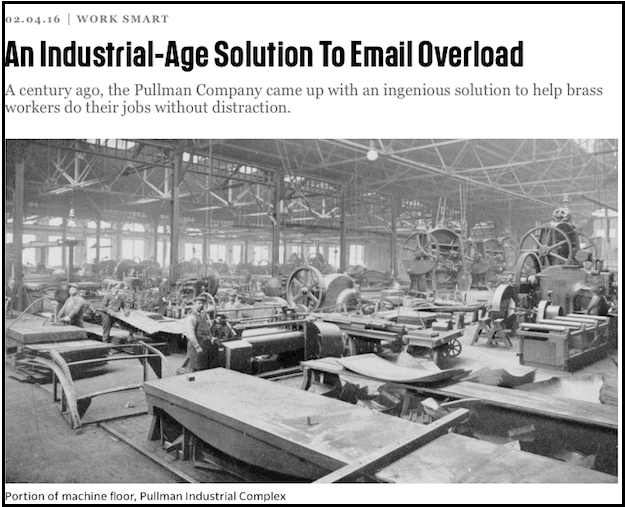
The Reading Writer
As a writer I’m required to read lots of books, especially when ramping up a new project, as I am now. The picture above, for example, shows the books I’ve purchased only in the past two days.
I’ve already finished one of them.
My approach to the books I process in my professional life is quite different than my approach to the books I savor in my personal life. The former requires the ruthlessly efficient extraction of key ideas and citations, while the latter unfolds as a slower, more romantic endeavor.
I thought it might be interesting to briefly reveal the method I’ve honed over the years for my professional reading. It’s simple, and the basics should sound familiar to any serious nonfiction reader, but it has served me well.
Here’s the strategy:





